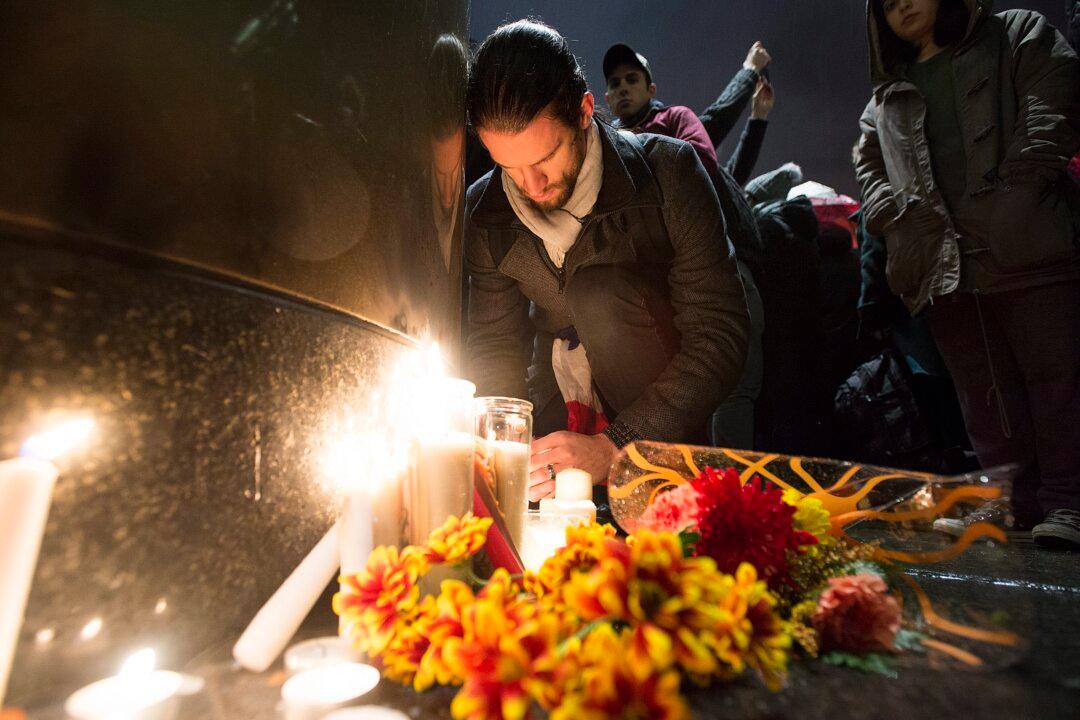After more than 30 years of collecting British Victorian art, Dennis T. Lanigan of Saskatchewan has loaned some noteworthy pieces for the exhibit “Beauty’s Awakening: Drawings by the Pre-Raphaelites and their Contemporaries” now showing at the National Gallery of Canada.
There are over 120 drawings in the exhibit. Lanigan said he chose 40 of his best drawings and 40 others because they are rare and not often available for viewing. The rest are from the NGC’s collection.
“In selecting artworks for this exhibition I have not necessarily chosen those by the most famous artists, nor the most valuable pieces. … I opted to showcase the breadth of my collection,” Lanigan writes in the exhibit catalogue.
The majority of the exhibit is studies for paintings, but also includes designs for stained glass, plates for illustrating poetry, books, and periodicals, along with sketches for textiles and ceramics. There are finished pieces as well that show the end result of all the preparatory work.
A group of British artists (painters, poets, and critics) formed the Pre-Raphaelite Brotherhood in 1848 with the intent of setting standards for art of the day based on classical aesthetics.
The group’s founders were William Holman Hunt, John Everett Millais, and Dante Gabriel Rossetti. They were soon joined by James Collinson, Thomas Woolner, William Michael Rossetti, and Frederic George Stephens who completed the Brotherhood (later called the Pre-Raphaelites).





